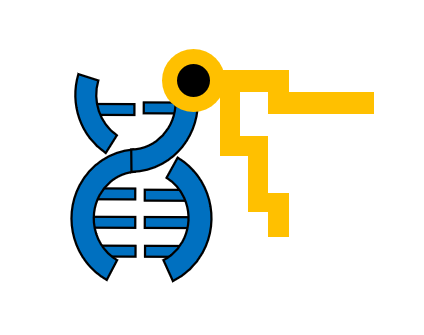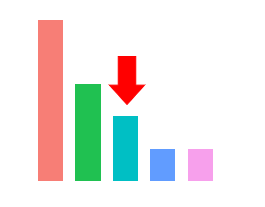





Quantum chemical programs
István Mayer’s personal professional website which contains free available quantum chemical programs, advanced teaching textbooks and list of publications.
MassKinetics
Theory and Windows-based program to calculate mass spectra. For research and for teaching mass spectrometry and reaction kinetics.
http://proteomics.ttk.mta.hu/masskinetics/
GlycoMiner
Computer software to determine the N-glycosylation of proteins from glycopeptide LC-MS/MS measurements.
X-ray Photoelectron Spectroscopy
XPS MultiQuant is a quantitative evaluation program for X-ray Photoelectron Spectroscopy, serving as a practical and universal tool for the surface spectroscopist. It applies the “classic” methods of quantitative calculations using the integrated intensity of the measured XPS lines.
Computer code for method and model comparison (ranking and grouping, as well).
VBA program’s homepage
Sum of (abolute) ranking differences (SRD) and its validation:
Compare Ranks with Random Numbers (CRRN ) without ties.
Authors: Dr. Klára Kollár-Hunek and Dr. Károly Héberger
email: kollarne[at]mail.bme.hu and heberger.karoly[at]ttk.mta.hu
Downloadable program, samples for input and output files:
CRRN_DNA_V8_restN.xls program file
Basic input file sample: Basic_DataSample.xls
Output of basic input file: Basic_DataSample_DNA_V6_CRRN.xls
Special input file sample: DataSample_Freq2.xls
Output of special input file: DataSample_Freq2_DNA_V6_CRRN.xls
For MATLAB code to perform sum of ranking differences (SRD)visit:
http://www.isu.edu/chem/people/faculty/kalijohn/
(see at the end of the page: 2013_12_16_SRD.zip)
“SRD with ties: SRDrep_V5_E10.xlsm program file
1.input sample (xls file with several sheets) ; Output of the 1.input file
2.input sample (xlsx file with one sheet) ; Output of the 2.input file
Warning: The SRD-with-ties program is for Excel-2010, and needs Solver among the VBA Tools (References)
Coming soon: SRD-with-ties program which doesn’t need the Solver.
If you have problems with using Solver in Excel, then wait for the new program version,
where we build in a new approximation of the SRD-with-ties probability distribution.
Here you see, how you can check after opening the downloaded SRDrep_V5_E10.xlsm program
whether you have the Solver among the VBA Tools (References):
For MATLAB code to perform sum of ranking differences (SRD)visit:
http://www.isu.edu/chem/people/faculty/kalijohn/
(see at the end of the page: 2013_12_16_SRD.zip)”
Generalization of the Pair-correlation Method (GPCM) – a VBA code for variable (feature) selection,
PCM works in MS Excel 97-2003 version: PCM.xla
Input file: PCM_McReynolds.xls
Output file (example for Williams t-test): PCM_McReynoldsResults.xls
Program usage, options and explanations can be found in the references (below).
The program is downloadable freely, provided proper references are cited as shown below:
PCM distinction between two variables X1 and X2 (using one dependent variable (supervisor) Y) :
Róbert Rajkó, and Károly Héberger, Conditional Fisher’s exact test as a selection criterion for pair-correlation method. Type I and Type II errors
Chemometrics and Intelligent Laboratory Systems, 57 (2001) 1-14.
Generalization of PCM (GPCM) for more independent (X) variables:
Károly Héberger and Róbert Rajkó: Generalization of Pair-Correlation Method (PCM) for Nonparametric Variable Selection
Journal of Chemometrics, 16 (2002) 436-443.
GPCM application:
Károly Héberger and Róbert Rajkó: Variable Selection using Pair-Correlation Method. Environmental Applications.
SAR and QSAR in Environmental Research, 13 (2002) 541-554.
Application of GPCM for idenfication of product strengths and weaknesses in sensory and consumer sciences:
Attila Gere, László Sipos, Károly Héberger, Generalized Pairwise Correlation and method comparison: Impact assessment for JAR attributes on overall liking. Food Quality and Preference, 43 (2015) 88-96.
PCM works in MS Excel 97-2003 version: PCM.xla
PCM2 works in MS Excel 2010 version: PCM2.xlam
Input file: PCM_McReynolds.xls
Output file (example for Williams t-test):PCM_McReynoldsResults.xls
